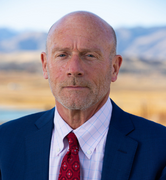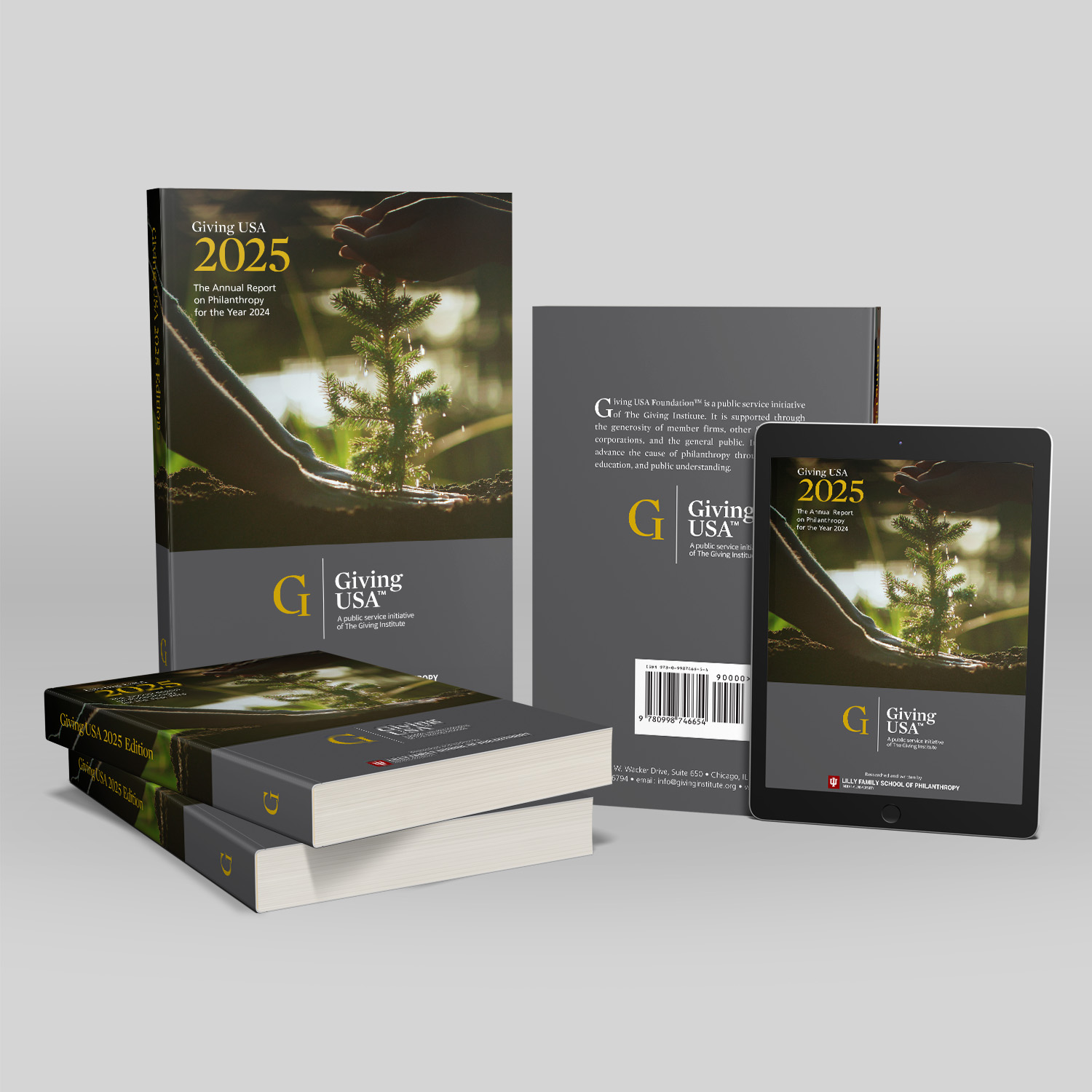Fundraising institutions have become increasingly reliant on large gifts from a select number of high-level donors. As the population of lower-tier donors has declined over the past few decades, this reliance has only grown; premier institutions now receive more than half of their fundraising from gifts of more than $5 million.
This presents challenges for advancement professionals. It’s no secret that the larger the gift, the more complex the programmatic design and implementation becomes. Donors at this level see their gifts as transformational rather than transactional and expect to collaborate and engage with the institution to implement a shared vision.
This means that organizations must think beyond their immediate needs and connect the faculty’s funding requests to the overall institutional mission. A focus on day-to-day financial needs, however, can get in the way of formulating big ideas.
Yet there is an opportunity here for fundraisers to build lasting relationships with high-level donors by articulating an ambitious and compelling vision for their giving that harnesses the maximum potential of the institution. If cancer research is a top priority, then asking donors to simply fund additional research staff limits the opportunities for your institution – boldly ask them to help you cure cancer instead. Vision-focused fundraising has the highest potential to contribute to the long-term growth and health of your organization.
Without concrete, inspirational propositions and a connection to the institutional mission, the ask feels more like a handout than an investment in a problem the donor is passionate about solving.
There are several steps that advancement professionals can take to avoid these pitfalls and reap the benefits of collaborating closely with a high-dollar donor who wants to see their gift solve pressing global problems.
Design a structured ideation methodology between the academy and advancement
Big ideas are typically interdisciplinary, multi-unit, and involve the entire campus or organization. Therefore, the ideal process for big picture ideation is one that involves all the key stakeholders from the beginning to define the problem and brainstorm possible solutions.
You should first develop a model for staff collaboration that convenes academic or program officers with executive and advancement leadership on a cross-functional team to cultivate big ideas that are aligned with your institutional vision, mission, and articulated priorities.
This structure serves two purposes: to clarify roles in the strategic plan for faculty, advancement professionals, and their boundary partners; and to foster accountability for each of the three cohorts to meet agreed upon planning milestones and key performance indicators (KPI’s). It also has the benefit of creating transparency for decision-making from the outset.
Identify faculty champions and a small team of project staff
Each of these groups brings something unique to the table and should form a whole that is greater than the sum of its parts. Faculty and program leaders are content experts and are best positioned to envision big ideas. They are indispensable partners in idea conception, donor engagement, cultivation, solicitation, and stewardship.
At the same time, the expertise of advancement professionals is required to successfully scaffold a big idea into an actionable plan. This will increase your chances of securing large gifts that will enable you to bring your big ideas to life.
Your team of “champions” includes academic and administrative leaders who can articulate a final proposed vision to the chancellor, provost, or executive leadership for approval. The project team will consist of advancement professionals who can ensure clear, feasible avenues for funding and share the vision established by the team with boundary partners such as academic affairs, strategic relations, and research departments.
Without this cross-team collaboration, these groups tend to operate in silos and their competing priorities and visions can overshadow big picture ideation.
Clearly define all roles and team responsibilities
Once your teams are set and the workflow structures are in place, the next step is to clarify everyone’s role and define responsibilities. These responsibilities include program development, project management, financial planning, and donor and prospect engagement. All staff should feel they are a part of the process and have a stake in the outcome.
One of the biggest challenges we encounter with clients is getting faculty members to think beyond their immediate needs. It is therefore the job of the communications and fundraising teams to steer the conversation, ask the right questions that dig deeper on the issue, and align these cross-functional teams on a broader vision.
Define expected outcomes and set key performance indicators
Successful fundraisers need to be able to articulate a concrete outcome from these discussions and then communicate the overall impact of the big idea to donors. From this point on, know how you’re going to measure success and report those wins to donors and internal collaborators. High-level donors are sophisticated investors and want to know that their money is being allocated wisely.
There are milestones and metrics you can establish to determine if you are proceeding on a path to articulating a compelling vision, successfully engaging potential donors, and motivating gift propositions. These metrics should span the planning and solicitation phases of transformative donor outreach, and the attendant financial and gift implementation plans.
By setting metrics to success, you are holding team members accountable—which is especially important when collaborating across departments and practice areas.
Align “big ideas” to institutional vision, mission, and financial plan
While the co-conception of big ideas with high-level donors is a foundational element of transformational giving, it’s important to always focus back on the institutional mission so that all internal and external parties are aligned.
You therefore want to create a clear line-of-sight between your vision and the potential impact of your big idea. The best practice is to approach a potential donor with a set of big-picture ideas that are the result of internal cross-team collaboration to see where there is overlap with that donor’s priorities. If you engage with a donor before aligning your institutional vision, there’s a chance that the effort will be off-mission and require a return to the drawing board—resulting in lost time and the loss of a potential donor.




